When building your DIY sun cooker, you'll want to choose the best containers for ideal solar cooking. Glass jars and bowls are excellent options, offering heat resistance and easy maintenance. Wide-mouth mason jars work well for soups and stews, while dark glass bowls are perfect for rice and vegetables. Black cookware, such as cast iron or anodized aluminum, absorbs heat efficiently and maintains consistent temperatures. For versatility, consider aluminum foil pouches, which create a mini-oven effect for cooking various foods. Each container type has its unique advantages, and understanding their properties will help you make the most of your solar cooking experience.
Glass Jars and Bowls
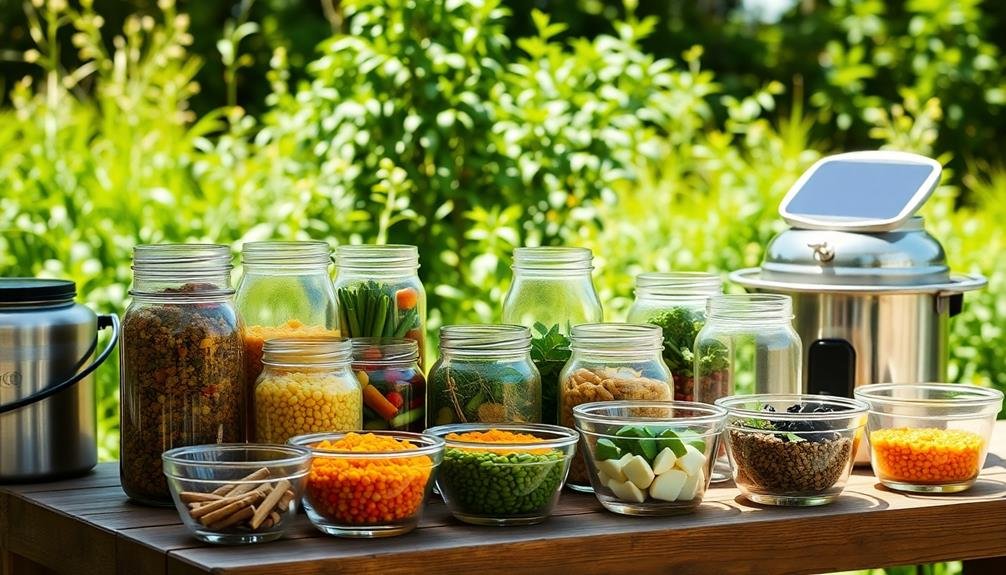
Two of the most accessible and effective containers for DIY sun cookers are glass jars and bowls. These common household items are excellent choices due to their heat-resistant properties and ability to trap solar energy efficiently.
When selecting glass jars, opt for wide-mouth mason jars or canning jars. Their clear glass allows sunlight to penetrate easily, and their tight-fitting lids help retain heat. You can use these jars to cook soups, stews, and even bake bread.
Glass bowls, especially dark-colored ones, are ideal for larger portions. They absorb and retain heat well, making them perfect for cooking rice, vegetables, or casseroles. Cover the bowl with a clear glass lid or plastic wrap to create a greenhouse effect.
Both jars and bowls are easy to clean and don't retain odors or flavors. They're also safe for food storage, allowing you to prep meals in advance.
When using these containers, remember to place them in a sunny spot and use reflective materials around them to maximize heat absorption. Always use oven mitts when handling hot glass, as it can retain heat for extended periods.
Black Cookware
While glass containers are excellent choices, black cookware offers unique advantages for DIY sun cookers. The dark color absorbs and retains heat more efficiently, making it ideal for solar cooking. You'll find that black pots, pans, and baking dishes can reach higher temperatures faster than their lighter-colored counterparts.
When selecting black cookware for your sun cooker, opt for materials with good heat conductivity like cast iron or anodized aluminum. These materials distribute heat evenly, ensuring your food cooks thoroughly.
Cast iron, in particular, excels at maintaining consistent temperatures, which is essential for slow-cooking dishes in your solar oven. Consider using black enamel-coated pots, as they combine the benefits of dark coloration with easy cleaning.
For baking, black cookie sheets or cake pans work well. Don't forget to look for cookware with tight-fitting lids to trap moisture and heat.
To maximize efficiency, you can paint existing cookware with high-temperature black paint designed for grills or stoves. This DIY approach allows you to repurpose your current kitchenware for solar cooking.
Aluminum Foil Pouches

Aluminum foil pouches offer a versatile and convenient option for DIY sun cookers. You can easily create these pouches using regular household aluminum foil, making them an inexpensive and accessible choice. To make a pouch, simply fold a large piece of foil in half and crimp the edges, leaving one side open for inserting food.
These pouches are excellent for cooking a variety of foods, including vegetables, fish, and even small portions of meat. They're particularly useful for foods that might stick to other cooking surfaces or require steaming. The reflective surface of the foil helps to concentrate heat, while the sealed edges trap moisture, creating a mini-oven effect.
When using aluminum foil pouches in your sun cooker, place them on a dark-colored surface to maximize heat absorption. You can also create a double layer for added insulation and durability.
Remember to handle the pouches carefully when removing them from the cooker, as they'll be hot. One drawback is that you can't easily check on the food's progress without opening the pouch, so you'll need to estimate cooking times based on your sun cooker's efficiency and the food type.
Frequently Asked Questions
How Long Does It Take to Cook Food in a DIY Sun Cooker?
You'll find that cooking times in a DIY sun cooker vary greatly. It depends on factors like sunlight intensity, outdoor temperature, and the food you're preparing. Generally, you can expect dishes to take 2-4 hours to cook fully.
Can I Use Plastic Containers in My Solar Cooker?
You shouldn't use plastic containers in your solar cooker. They can melt or release harmful chemicals when heated. Instead, opt for heat-safe materials like glass, ceramic, or metal. These will guarantee your food cooks safely and effectively.
What's the Maximum Temperature a Solar Cooker Can Reach?
You'll find that solar cookers can reach impressive temperatures. They typically max out around 300°F (149°C), but some advanced designs can hit up to 400°F (204°C). Remember, factors like sunlight intensity and cooker design affect performance.
Are There Any Foods That Shouldn't Be Cooked in a Solar Oven?
You shouldn't cook foods that need precise temperature control or quick cooking in a solar oven. Avoid raw meats, eggs, and dairy products unless you're certain your cooker can reach safe temperatures. Stick to foods that cook slowly.
How Do I Adjust Cooking Times on Cloudy or Partly Sunny Days?
On cloudy or partly sunny days, you'll need to extend cooking times. Monitor your food closely and add 30-60 minutes for each hour of normal cooking time. You can also increase reflector size to capture more sunlight.
In Summary
You've now got the lowdown on the best containers for your DIY sun cooker. Whether you choose glass jars, black cookware, or aluminum foil pouches, you're ready to harness the sun's power for eco-friendly cooking. Remember to experiment with different containers to find what works best for your needs. With these options at your disposal, you'll be whipping up solar-cooked meals in no time. Enjoy your sustainable culinary adventures!
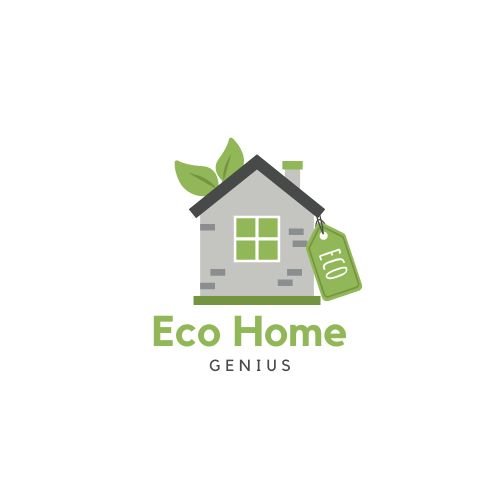
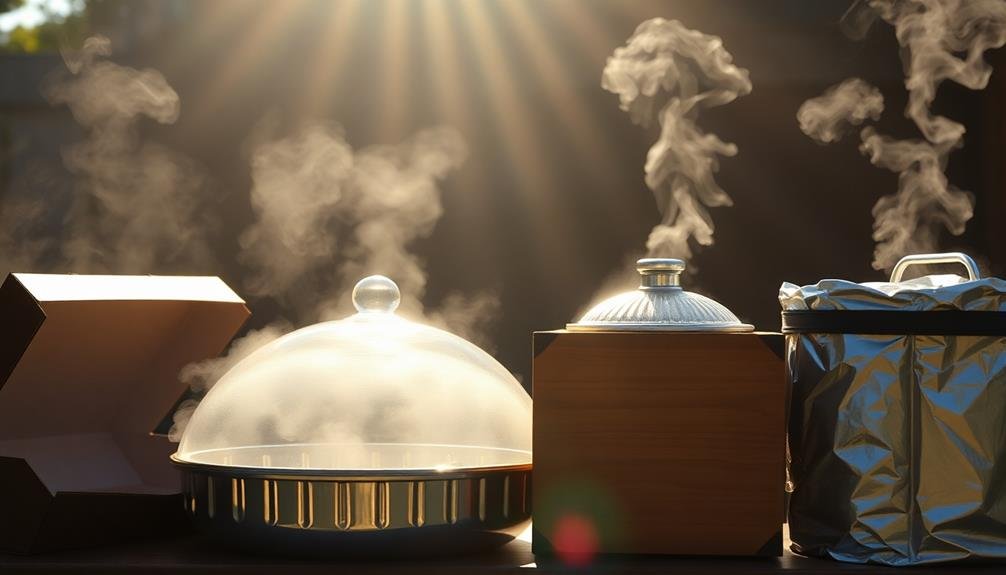
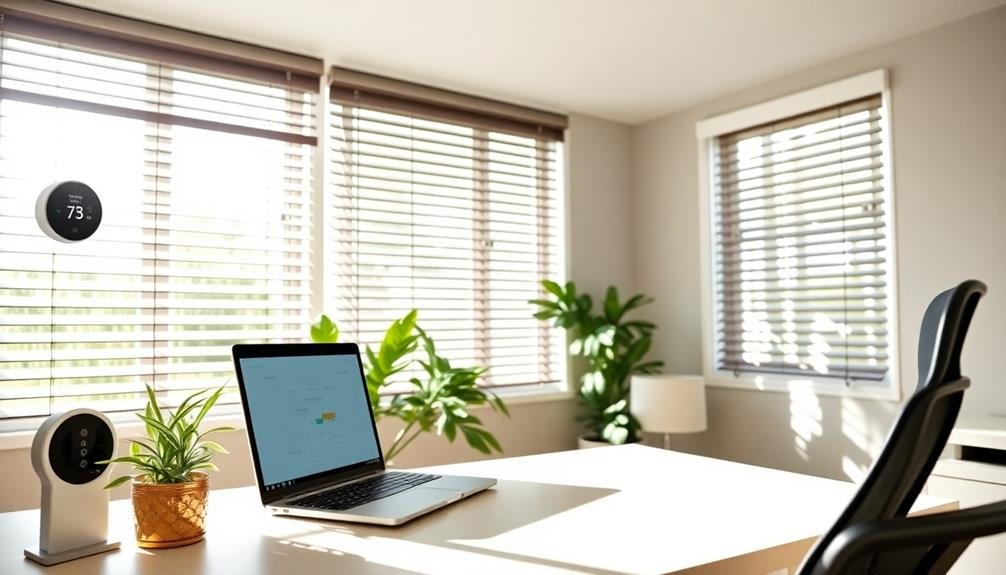
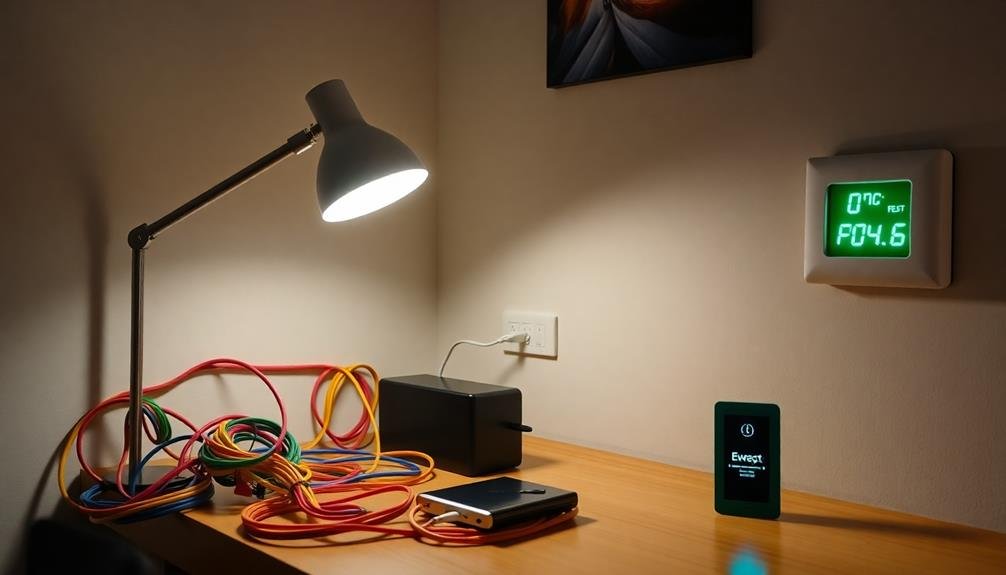
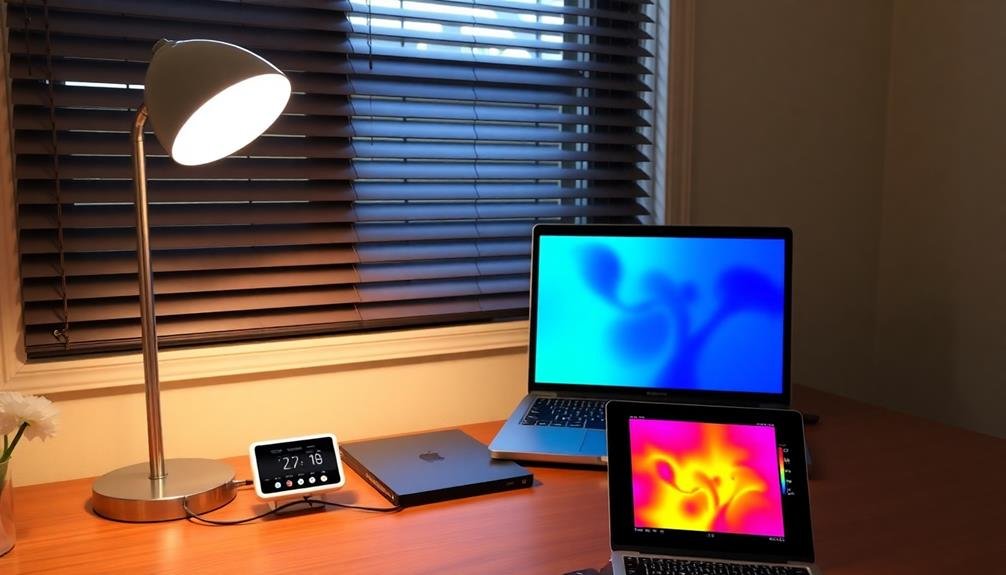
Leave a Reply